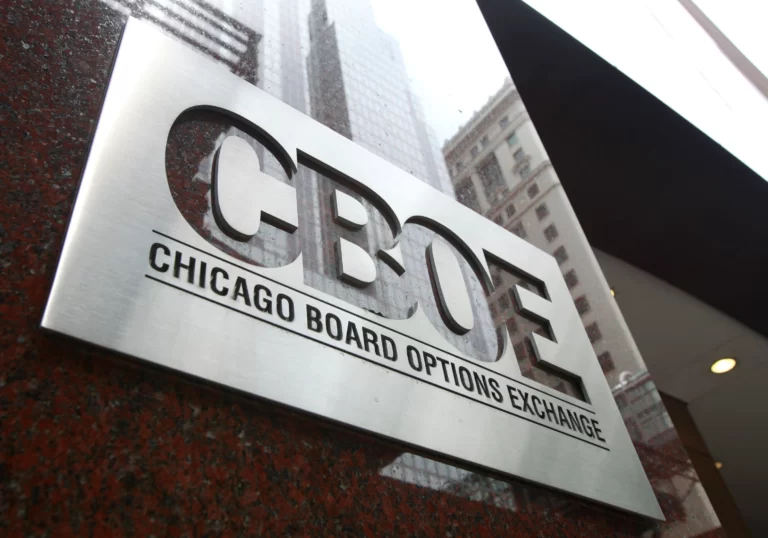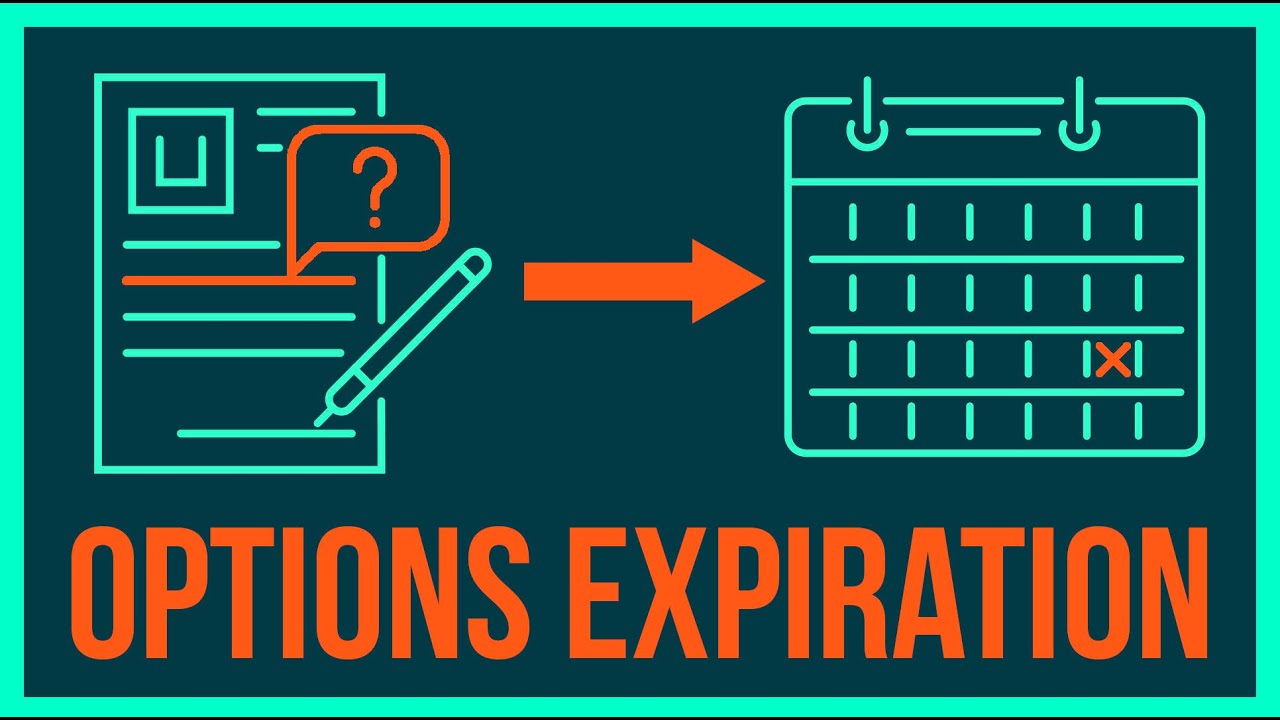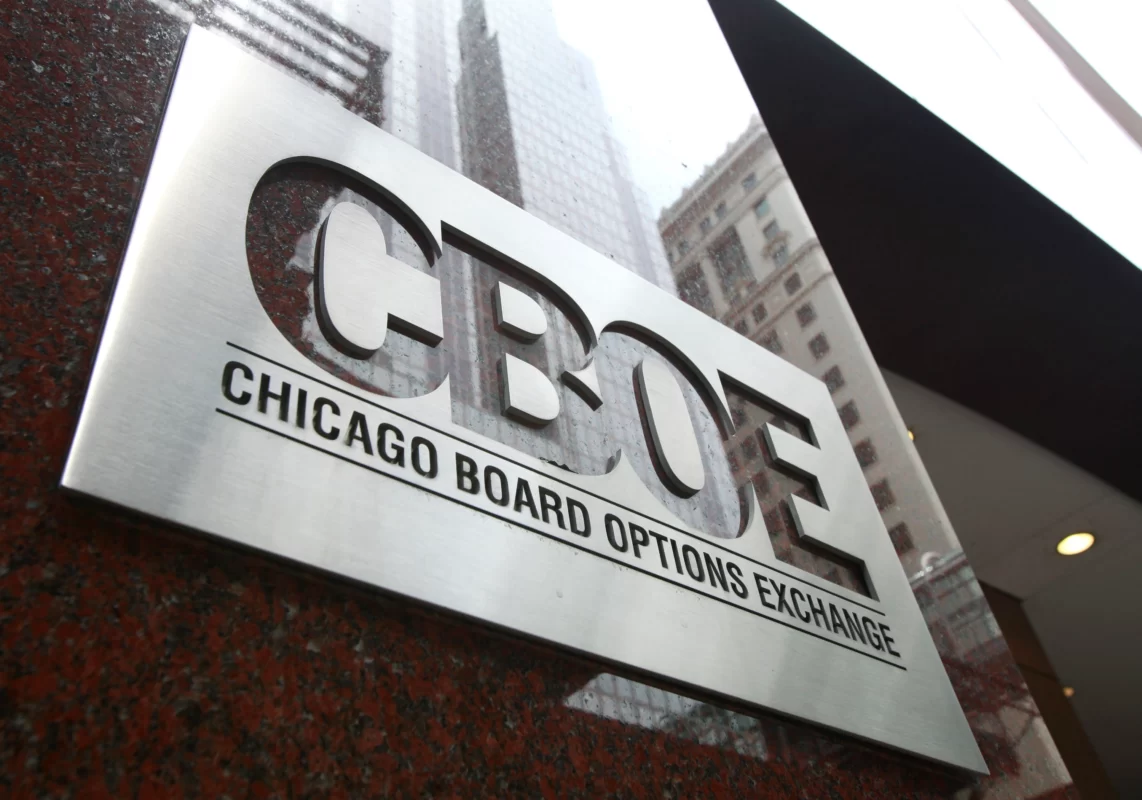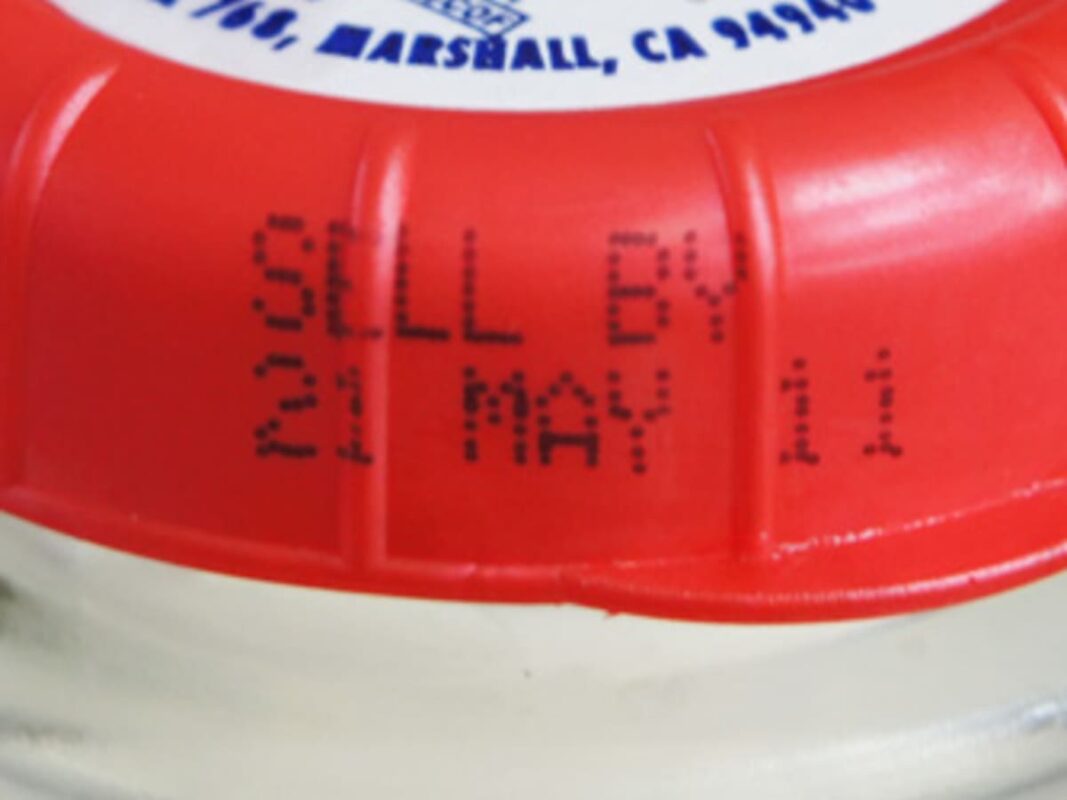
There isn’t just one type of option to trade following a 0DTE strategy. Use the info below as your reference guide to build familiarity with the available choices.
The following optionable S&P asset types can hypothetically be used to trade a 0DTE strategy, although we’ll soon see that some are much more suitable than others:
- E-mini S&P futures and micro futures
- SPX and XSP index futures
- SPY Exchange Traded Fund
Similarities and Differences
XSP, Micro Index, SPY, and SPX
The SPX, XSP index and micro index, and the SPY are considered equities. That means they are subject to the Pattern Day Trader (PDT) rule.
The Securities and Exchange Commission (SEC) explains that options traders and all others who execute four or more day trades within five business days qualify as PDTs. Those who fit into this definition must maintain $25,000 in their account at all times. Otherwise, they are not allowed to trade.
Additionally, PDTs can have their day trading buying power limited if they trade more than four times their maintenance margin excess. That results in a margin call that the PDT must answer in five days and a limitation of buying power to two times their maintenance margin excess.
You can’t trade these four indexes directly because they are calculated things. In other words, there’s nothing to trade. You can, however, trade options on them. They can only be traded during market hours.
ES & MES
The E-mini S&P futures and micro futures (ES and MES respectively) are futures contracts, and they are not subject to the PDT rule. Also, they can be traded 23 hours a day, 5.5 days a week.
Only the ES and the SPX can be traded 5 days a week, micro versions are traded only 3 days a week. Also, the futures and indexes are both, along with their micro versions, considered European-style options. That means there’s no assignment pre-expiration. The SPY is an American-style option and can be assigned prior to expiration.
The Futures and the Index assets (including trading with options) have special tax treatment upon annual reporting. The first 60% of profits are taxed at the capital gains rate, the last 40% are taxed at the trader’s nominal tax rate. IRS Form 6781, while dry in its wording, can give you more context. The SPY is taxed at just the nominal tax rate.

When you boil all this down, the only two acceptable asset types to trade with 0DTE strategies are the E-mini Futures contract (ES only) and the SPX index, not the XPS micro.
Wondering about the difference between SPX and SPY, or how to choose SPY vs. SPX options? There’s really no question that the SPX index is the only reasonable choice.

Which is preferable for 0DTE: ES or SPX?
There are further differences between the ES and SPX that will make one preferable over the other under certain circumstances for trading on the expiration date.
The ES is traded around the clock. That means it is a real asset. So, it has volume, which can be used with technical analysis. This is absolutely necessary to 0-DTE strategies as the volumetric analysis using Volume Profile is indispensable.
You can be assigned after expiration, futures contracts, which can be a risk if not handled properly. And there’s no PDT rule to worry about, so you can trade all you want without restriction. It is also about 1/3 the size of the SPX option in terms of margin. Commissions are generally high, as much as 6 times that of the SPX.
The SPX can only be traded during market hours, is subject to the PDT and it has no volume, so you can’t use it for analysis. You must use the ES as a substitute during analysis. Two major benefits:
- It is cash-settled, so no assignment risk
- The commissions are very cheap
Our Choice at 0-DTE
So, the reality is that the 0-DTE trader needs both the ES and the SPX if they want to trade just the SPX. They need the ES for analysis, and the SPX for the lack of risk and cost. The around-the-clock charting and volume make analysis with the ES the only option.
If a trader chooses to only trade the ES, they can do so without the need to ever use the SPX for any reason. However, our preference is to trade the SPX options and use the ES for analysis. We trade the ES only on rare occasions when a trade might be made outside market hours. Otherwise, it is cost-prohibitive.
Education and Coaching That Supports 0DTE Success
0-DTE.com emphasizes world-class support and coaching. We have the alerts that other services offer, of course, but we do so much more than just share those pieces of information.
We have a strategy in place to help you develop as an effective ODTE trader. By prioritizing coaching, transparency, and the development of good habits (like not letting emotions cloud your mind while trading), we help you learn not just how and when to make good trades, but why as well.
Our focus on process ahead of results creates a more sustainable mindset and more informed traders. You’ll learn through our course and reference library, options for one-on-one coaching, weekly live group “mastermind” sessions, and more.
You’ll have a coach who you can call on the phone and expect him to answer. No other trading service can even come close to matching that level of accessibility.
Start learning how to trade options with a trading coach who’s always available, accessible, and ready to provide enduringly valuable guidance. Sign up for our four-week trial membership.
Love our service? We’ll rebate the cost of your trial when you become a full member.

There’s a reason successful traders, whether they’re professional traders or not, have a trading coach.
It’s the same for all top performers, regardless of their field. The best of the best have a coach on their side.
Great Coaching Means More Than Only Sharing Knowledge
Whether you’re a trader, athlete, sales executive, chef, or performer, a coach helps you:
- Build strong, sustainable habits
- Stay accountable to your trading rules
- Continuously build upon your trading skills and emotional stability
A good coach will show you how to harness your emotions and make you feel better about yourself. A great coach will show you how to direct that emotional content into sustainable habit patterns so that the positive change becomes part of you.
A stock market trading coach is not much different than a business coach or life coach. These professionals all help you deal with stress and challenges, just in different capacities and circumstances.
The Key Role of a Trading Coach in 0DTE Trading Journeys
Day trading options can lead to cycles of euphoria and frustration, and occasionally a dry spell. This may cause a trader to force a trade. That means going against trading experience and trading strategies.
The end result is betting too large or overtrading in an attempt to make something happen. This type of strategy still leads to trading results — but certainly not the ones you’d want.
Even top traders can fall into this pattern of bad behavior from time to time. Depending on the factors influencing their decisions they can lose control and press trades too. Instead of letting the market come to them, they try to force a positive outcome. Unfortunately, that usually leads to a negative result.
When it comes to options trading, control means:
- Knowing when a market presents an opportunity, and when it doesn’t
- Relying on your rules, along with your mental and physical acuity, to attack opportunity in a form of controlled aggression
The best trading coaches will help you channel this energy and stay true to the best practices you learned in your trading program.
How a Trading Coach can Transform Your Trading Mindset
Coaches share important information about the nuts and bolts of options trading, of course. And that’s important on a fundamental level, especially for a specialized asymmetric day-trading strategy like 0DTE.
That’s far from all trading coaches do, however. Helping you understand the rules of the system and opportunities to target is critical, but you also need the right trading mindset. That comes from another level of coaching, a more holistic approach that takes a coach’s deep trading experience into account.
Top traders, those with especially long and resoundingly positive track records, know the best path to positive results is to concentrate and perform with purposeful intent for long periods of time. This requires both physical and psychological fitness.

Becoming A More Resilient Options Trader
A trading coach will help you attain this necessary state of being, where your focus remains at the level needed to successfully identify and follow through on opportunities. Whether through group or 1-on-1 coaching, your trading mentor can show you how to get “in the zone.”
This is a state where the trader has complete focus. Peak performance becomes effortless. You almost feel no mind or body — you become completely outside yourself, yet completely in step with your purpose.
This is far more valuable than a trading coach who simply provides you with alerts or explains the nuts and bolts of the process. We wouldn’t even regard someone who only provides guidance at that level to be a true trading coach
The unique value of coaching comes from an emphasis on consistently good processes. The results are important, there’s no argument to be had there. But the best path to good results is a process where your rational thinking, rather than your emotions, are in control.
Developing confidence in your own ability and the risk-to-reward profile of your trading strategy is key to not cutting your profits short. A plan to stick to your strategy and the profit targets you set can quickly fall apart if you allow fear and other negative emotions to enter the equation.
Doubt can build because you didn’t set clear objectives. Uncertainty in the trade could also take over, causing you to prematurely exit or miss out on a big win. All of this comes down to your confidence that you did the right thing setting up the trade and analyzing the situation. A truly exceptional trading coach will help you achieve this clarity of intent and action.
Trading Coaching from the Experts at 0-DTE
At 0-DTE, our normal day-to-day service is built around group coaching and mentoring, where every member has direct and real-time access to a coach for help in their trading.
We also offer focused, one-on-one trading coach sessions to help you achieve your very best, peak performance.
In all cases, we bring together the “how” and “when” of trading options on the last day of expiration with the “why” that drives good decision-making.
By offering a transparent view of options trading, we equip you with the knowledge and tools to manage your trades and your emotions as you make key trading decisions. Ultimately, you’ll build the expertise needed to develop your own trading strategies.
Start learning how to trade options with a trading coach who’s always available, accessible, and ready to provide enduringly valuable guidance. Sign up for our four-week trial membership.
Love our service? We’ll rebate the cost of your trial when you become a full member.

Traditionally, SPX weekly options could only be traded for only three days each week. That longstanding arrangement has changed, thanks to a decision by the Chicago Board Options Exchange (Cboe).
SPX trading can now occur on all five days of the workweek on the Cboe options exchange. That means more flexibility for traders, and more opportunities to earn positive returns. The growing popularity of options trading, including strategies such as 0DTE, meant the exchange had a clear signal to expand hours.
The Cboe explains that the total number of options traded increased 32%, year over year, from 2019 to 2020. More and more retail investors were trading what the Cboe identifies as meme stocks (think Gamestop and AMC). The exchange said the general appetite for easier access and use among traders grew, including options.
In response, the Cboe established the S&P 500 WeeklySM Options. These options have an expiration date of one week. They can be traded on Tuesdays and Thursdays as well as the traditional Monday, Wednesday, and Friday.
The change happened this year, meaning it’s still very fresh for all traders. And it presents plenty of opportunities.
A Major Opportunity for Trading SPX Options
As a day trader, you can’t overlook the opportunity presented by a five-day trading schedule for SPX options. The potential to trade Monday through Friday is a major benefit. There is much more flexibility to leverage your trading strategies and realize strong returns. In basic terms, you have many more opportunities to earn a profit with expanded trading.
The SPX has always had fantastic liquidity and volatility, two key factors that drive results with strategies like 0DTE trading. The big drawback was the three-day trading schedule — and that’s something you don’t have to worry about anymore.
You can easily get into and out of trades with very tight spreads. The liquidity and volatility mean trades are also rich in premium. And that’s just a few of the major benefits.
The Cboe points out another key advantage of expanding trading to Tuesdays and Thursdays. More opportunities to time trades to align with important events that influence the market, like release dates for major corporate reporting.
This newly increased accessibility makes for a superior asset when it comes to 0DTE trading strategies.

How 0DTE Strategies Make the Most of the 5-Day SPX Trading Schedule
The SPX is a European-style option. That means it is cash-settled, and there’s no assignment risk to take into account.
However, day traders still need to keep the Pattern Day Trader (PDT) rules in mind. That’s especially important for day traders with small accounts. The Securities and Exchange Commission (SEC) offers in-depth guidance on that topic.
At 0-DTE.com, we’ve developed strategies that enable trading without breaking the PDT rules. That means all accounts, including small ones, are welcome here.
We’ll help you learn how, when, and why to trade regardless of the amount of money you plan to invest. How do we do that?
Our unique asymmetric strategies turn SPX trading into a much more confident experience. The anxiety that so many traders feel when using other 0DTE strategies simply isn’t present in our approach.
We identify opportunities that limit risk and maximize the potential for reward. Unfortunately for most (but fortunately for you and all of our members), the opposite is true in most other systems.
Additionally, our 0DTE strategies for SPX options prevent large drawdowns, further lowering risk. We make quadruple-digit returns possible with risks reaching only the double digits.
Trading SPX using 0-DTE.com’s exclusive concepts means everyone can be a winner, whether you have a large account, small account, or are somewhere in between.

Coaching and Mentoring for SPX Trading: Going Beyond Only Alerts and Information
There are plenty of places where you can get alerts and basic information about options trading in general. And 0DTE trading in particular.
How many of those businesses also offer coaching and mentoring focused on tapping into sustainable best practices? Or avoiding common trading pitfalls? What about mastering the understandable but ultimately negative influence of emotion-driven trading?
We do things differently. Our coaching and mentoring program helps you understand how to build confidence in yourself and your trading strategy. You can call your coach on the phone and expect an answer, either right then or shortly thereafter. What other service can offer you that?
We emphasize good processes that you can rely on for years and decades to come. We help you develop consistent focus and get in the mindset needed for successful, analysis-driven trading.
Results are important — they’re our ultimate goal, after all. But only discussing positive results doesn’t help you reach them. A definable and repeatable process that helps you master your emotions and make good decisions is so much more important.
Don’t only take our word for it. We make reviews from our members easily accessible so you can hear from traders just like you.
Take Advantage of Expanded SPX Trading with 0-DTE.com
Our ultimate goal is that you become a wholly self-sufficient trader, to the point where you can develop your own strategies. It all starts with trying us out.
Start learning how to trade options with a trading coach who’s always available, accessible, and ready to provide enduringly valuable guidance. Sign up for our four-week trial membership.
Love our service? We’ll rebate the cost of your trial when you become a full member.

- The Basics of options expiration
- The frequency of options expiration
- Why European style options are best for 0-DTE
- Options assignment risk
In the world of financial markets there are different security types, like stocks and bonds and futures. Many of these securities are contracts, they are created and exist for a period of time, then they expire. An example of this are options contracts.
During the time an options contract is active, it has a time value, that value is called the premium. As the expiration date nears, the value of that premium decreases until it is completely gone. The rate at which it decreases in value, is exponential. In other words, as you get closer and closer to expiration, the premium value decreases faster and faster.
There are two parties involved in every options contract, there is the creator, also called the writer, who is said to be short the contract. And there is the owner or buyer, who is said to be long the contract. At expiration time the writer of the contract has certain obligations, and the buyer has certain rights that they can choose to exercise, which the writer must fulfill due to their obligation.
When the expiration day comes, the buyer, or the person who is long the contract, decides whether to exercise the terms of the contract or let it expire worthless.
Frequency of Expiration Dates
In the United States there are standardized options contracts that expire at different times. There are monthly options, that expire on the Saturday following the 3rd Friday of a month. If Friday falls on a holiday, then the expiration date is moved up one day.
Weekly options are like monthly options in every respect, except they only exist for 8 days. They are introduced each Thursday, and they expire 8 days later on Friday with adjustments for holidays.
S&P futures, along with S&P and VIX Indexes, have options that expire every day of the week. They are like weekly options, in that they are created 8 days prior to expiration. And they expire 8 days later, every day of the week.
These short term options have become so popular, that they make up nearly 50% of all U.S. options trading volume. I know, crazy right?
These are the options that us traders, at 0-DTE.com, are most interested in. They provide us with incredible strategic advantages, specific to the final day of expiration, 5 days a week.
European vs. American Options
American style options can be exercised at any time. This is fine for stocks with monthly or weekly expirations, but the short time frames of daily expirations simply wouldn’t work, so those options contracts use European style expirations, where they can’t be exercised until they expire. This makes holding options right up until the time of expiration, without fear of being exercised a viable strategy, and there’s plenty of premium left, even down to the final minutes in the life of the contract.
Assignment Risk
The S&P futures have assignment risk after expiration, where options on the S&P index have no such risk, as they are cash settled. This requires the trader to take this into consideration and be prepared to handle the possibility of managing assignment of futures contracts if they trade the S&P E-mini futures into expiration. Either that, or they simply close their trade prior to expiration.
With the S&P Index, there is no such risk, because there is no assignment, because they are cash settled. So, there’s nothing to do if you hold the contract into expiration. Your broker will simply debit or credit your account after the contract has settled.

- The Basic Strategy
- High Risk vs Low Risk
- Best Strategy for 0DTE
A 0DTE strategy makes money by taking advantage of premium decay, which occurs at an exponential rate until it is completely gone by the final second of the options contract life. The type of options strategies used to collect this premium usually include; the Iron Condor, Butterfly, and in some cases a vertical spread.
Generally 0DTE strategies are applied to European style options so that there is no risk of getting assigned early. So this means options on the S&P futures or index are good candidates, but there’s also options of the Nasdaq futures and Index as well, however there are differences that might make one preferable over the other.
The factors or characteristics of the various available contracts should be considered, those include; the size of the contract, the commissions, liquidity and bid-ask spreads. And another very important factor is when it is traded, for instance futures are traded around the clock, while indexes are available only during market hours. Another factor is how often is it traded, is it one a week, 3 times a week, or 5 days a week.
One additional factor is the very nature of the underlying, and the ability to perform technical analysis on it in order to model your options strategy. Indexes are calculated, they are not traded directly, so there is no volume, where futures are traded and have volume. So if volume is important to you, then futures will be important to you.
The Basic Strategy
Analyze the asset to determine the best time and place to position an options strategy to collect the maximum amount of premium.
Risk is a big factor, so you have to determine the best way to manage risk. There are two risk management schemas or spectrums that you can employ.
- Manage Risk: You can do high probability trades, which mean that the risk is very large compared to the potential profit, however there’s a high probability that you will profit. Which basically means that you need to have strong risk management. With high probability trades you will have a lot of small wins, and hopefully you can manage away the risk of large losses.
- Manage Profit: You can do relatively low probability trades, where the risk is very small compared to the potential return. There’s a lower probability of achieving max profit, however there’s a larger spectrum of positive results, meaning you don’t need strong risk management, you need strong profit management. With low probability trades you may have fewer wins, but your losses will be very small, and you have the chance to have very large returns.

High Risk vs Low Risk
There’s conventional wisdom that you have to risk a lot to make a lot. This is simply not true with options trading. It would be more correct to say that high risk options strategies will produce more winners, but those winners will be very small and the risks will be very large. The idea is that you can manage the risk away, and enjoy beautiful consistent income. This is a pipe dream.
The low probability trade, otherwise known as the asymmetric risk to reward trade, says that you take very small risks so that you are never hurt by any one or any number of losses. And in exchange, you have the chance to make very large returns…but one thing that is not often mentioned, is that you also have the opportunity to make a spectrum of returns from small to large as well. You simply don’t have that with high probability trades, there are no big winners unless you oversize you position and bet the farm and risk ruin.
With the low probability trade there is mathematically a positive outcome if all things are equal and probabilities are normally distributed. With high probability trades there is a negative outcome. This says it all, simply put, low probability trades have an edge over high probability trades.
The problem with most people is that they like the idea of winning a lot, rather than losing a lot, regardless of the size of the wins and losses. They don’t worry about the big potential losses until they hit.
The biggest difference is in the level of anxiety between the two strategies. With high probability trades you are almost always put into a losing situation immediately, requiring you to manage risk most of the time. Where the low probability trader is never in any peril, as the losses are small, so there’s no need to manage them, they are more consumed with managing profits and trying to maximize those profits, particularly when there’s a chance at a max profit which can be quite spectacular. It just doesn’t happen often.
The other thing about the low probability trader that is overlooked is that while they don’t win as often, the amount that they win is almost always much larger than the wins made by the high probability systems. So they have fewer and smaller drawdowns and less volatility in their equity curves. And generally their profits rise faster at a more consistent rate over the longer timeframe.
The Best Strategy for 0DTE
After considerable experience with both strategy regimes and using all the available asset types, it is clear that the best strategy is the low probability asymmetric system, using SPX options to trade and a futures serogate to perform the analysis. This way you get the best of all the various characteristics.
0-DTE.com is the only service that trades this way. In additional to that, we do not use traditional technical analysis, instead we use volumetric analysis, which is considered the standard for institutional and other professional traders.
Our results speak for themselves. Our traders have virtually no anxiety, they make more money on far less capital than the other 0DTE strategies. About 5X more money on 10X less capital.







